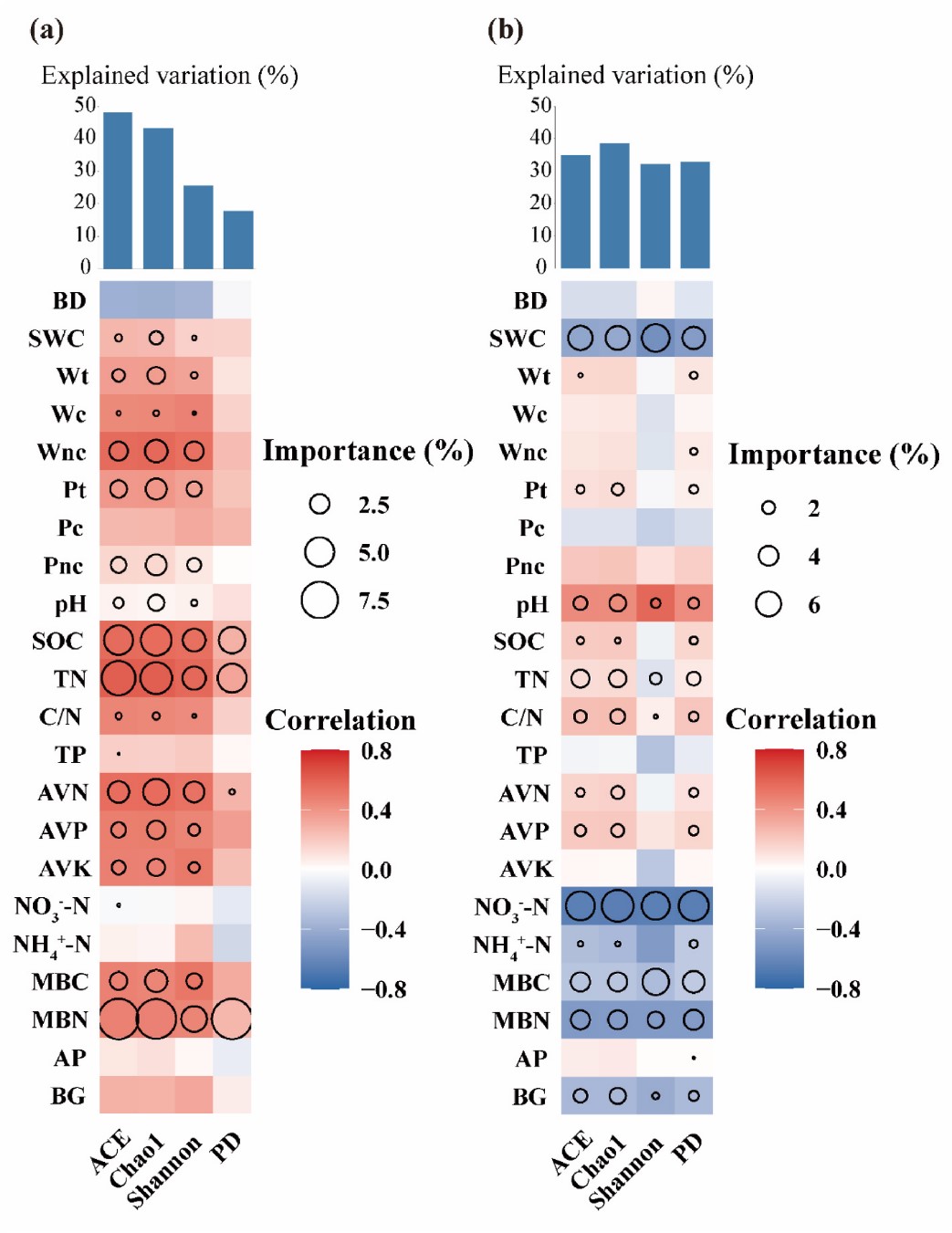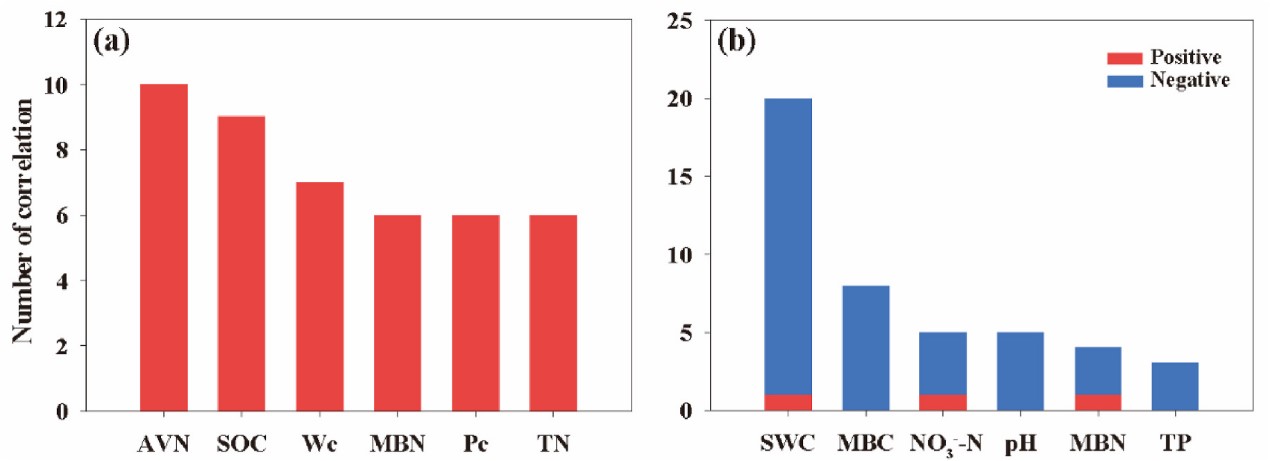Effect of fire and post-fire management on soil microbial communities in a lower subtropical forest ecosystem after a mountain fire
Wildfire stands as a significant perturbation with enduring implications for terrestrial ecosystems, notably within forested domains. While fires alter forest ecosystem dynamics, post-fire management strategies ranging from natural to human-intervened artificial restoration which involves planting diverse tree species after the removal of those affected by the fire, are most influential on the transformation of forest ecosystems. Variations in soil physicochemical properties and microbial characteristics often serve as indicators of changes in soil function. These indicators, in turn, can be utilized as predictive markers for assessing the impact of ecological restoration and management interventions in forested ecosystems. However, little is known about the differences between bacterial and fungal community recovery under fire and post-fire management; additionally, the relationship between microbial communities and soil environmental factors remains unclear. Studying microbial community recovery in these regions is vital for advancing our understanding of the microbial ecology related to fires and microbial community responses under diverse conditions.
In December 2019, geological drilling triggered a forest fire in Lingyun Mountain, Gaoming District, Guangdong province, China, covering 924.63 hectares. Artificial replanting of native broad-leaved tree species in early 2021, covering an area of about 720.53 hectares, is of great significance for the study of forest soil microbial restoration under different restoration methods. This study takes the burned land as the research object, and a total of 4 artificial restoration plots were set up with unburned, naturally restored, and respectively planted with Acacia manzhanensis and Michelia macclurei after fire. The characteristics of forest soil microbial community in the initial stage of post-fire restoration (<3 years) were analyzed. Our findings revealed significant shifts in the composition of soil microbial communities following a wildfire. These shifts were characterized by a decrease in the relative abundance of Proteobacteria and Basidiomycota, and an increase in the diversity of both bacterial and fungal communities in burned plots. Notably, our hypothesis that various post-fire management strategies have different effects on soil microbial communities was confirmed. Although artificial restoration methods had a negligible impact on the composition of microbial communities, fungal populations did not recover from fire effects as rapidly as bacterial populations. The enhanced fluctuations in fungal community diversity, structure, and interactions are indicative of dynamic responses to fire-induced changes in soil properties. Moreover, the negative correlations observed between fungal community dynamics and certain soil factors emphasize the intricate relationships between fungi and environmental conditions during post-fire recovery. For the detailed information, please see https://doi.org/10.1016/j.jenvman.2023.119885

Fig. 1. Analysis of co-occurrence network stability in soil bacterial (a) and fungal (b) communities under different restoration methods following a fire disturbance.

Fig. 2. Associations between soil properties and bacterial (a) and fungal (b) community diversity.

Fig. 3. Relationships between the co-occurrence networks of soil bacterial (a) and fungal (b) communities and soil properties.
File Download: